An amateur archaeologist from Britain has made an amazing discovery that shines a new light on the ancient world. His research posits that cave art throughout Europe may contain a primitive writing system which has yet to be deciphered. This system, used by ancient hunter-gatherers during the last Ice Age, could dramatically alter our understanding of prehistoric communication and cognition.
Ben Bacon is an amateur archaeologist who works in the furniture conservation business. He has been long-fascinated by the ancient cave art across Europe. His findings suggest that these ancient symbols are not merely artistic expressions but may represent a form of writing. If validated, this discovery would challenge existing theories about the origins of written communication.
Confusing Primitive Art
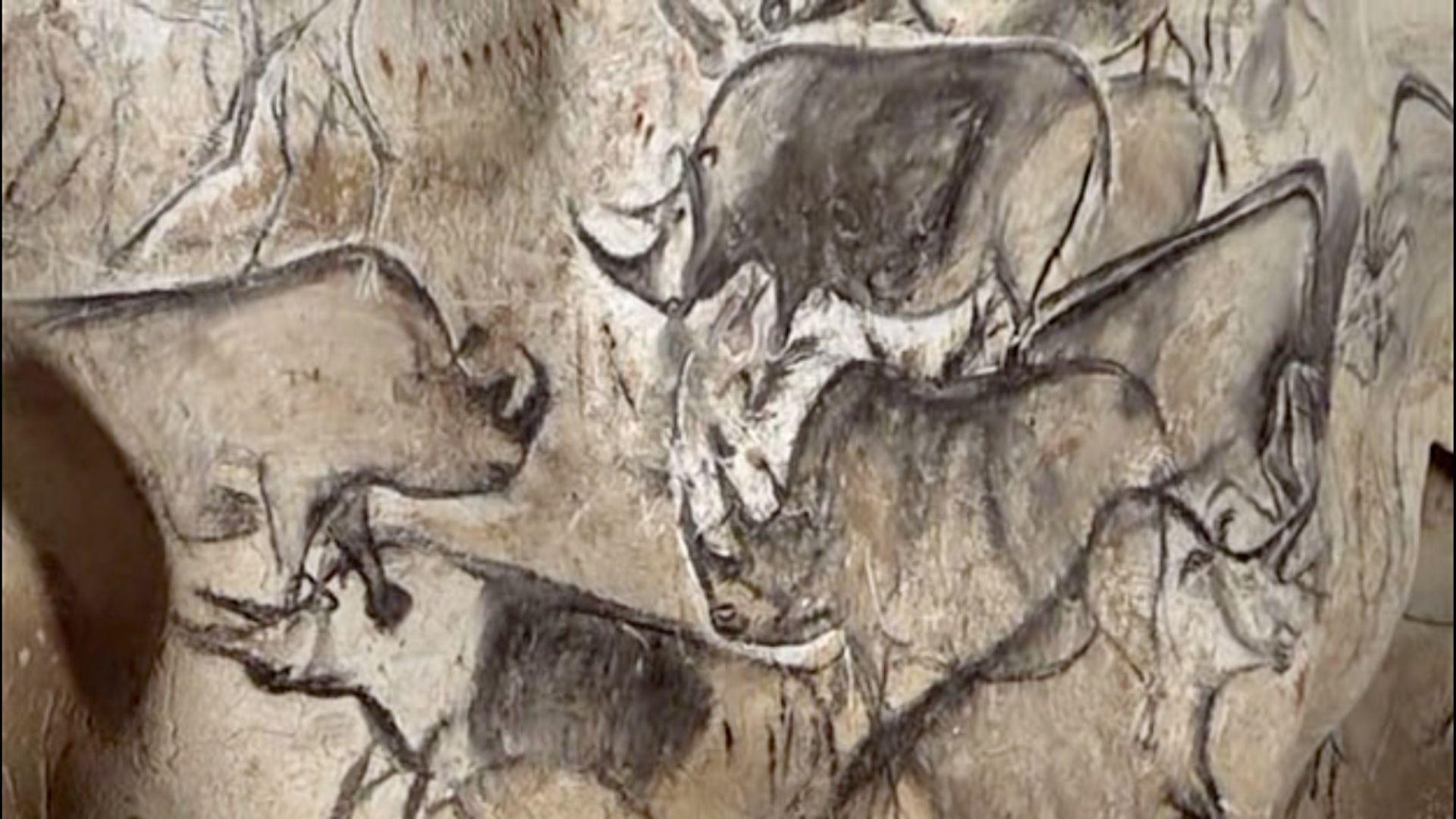
Researchers first encountered these pieces of primitive art around 150 years ago, but their true meaning has long eluded scholars. These artworks, found in various European caves, puzzled experts because their abstract symbols did not fit into any known writing systems or symbolic representations of the time.
Ben Bacon, in collaboration with professors from Durham University and University College London, has uncovered evidence suggesting that these cave art markings, dating back over 20,000 years, might represent an ancient lunar calendar. This revelation provides a potential explanation for the enigmatic symbols that have perplexed researchers for over a century.
Strange Symbols in Caves
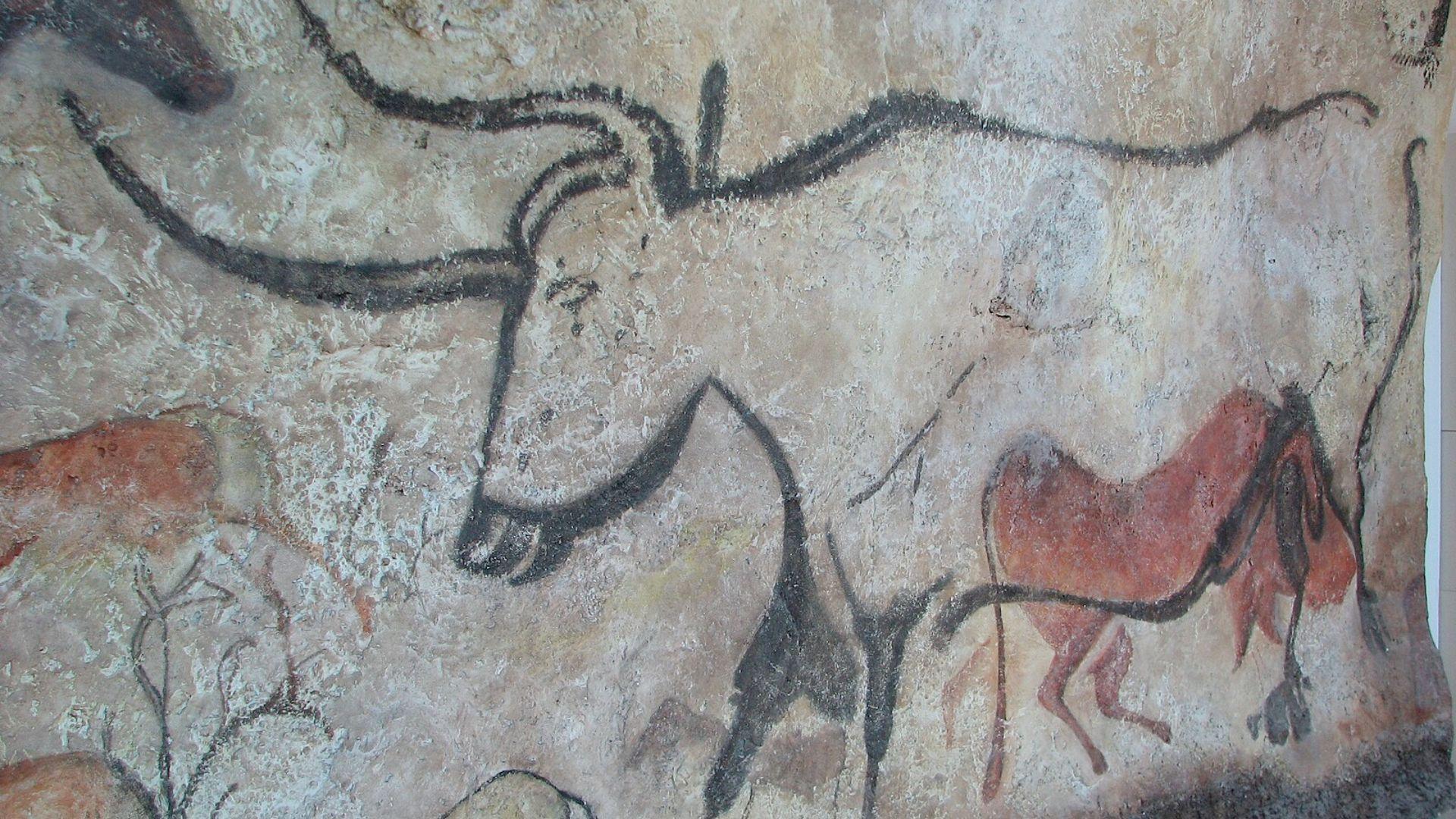
The renowned caves of Lascaux and Chauvet in France and Altamira in Spain are famous for their intricate animal paintings, but they also contain abstract markings and geometric signs that have puzzled researchers for years. These mysterious symbols, often found alongside realistic animal depictions, have led to much speculation and study. However, their purpose has remained unclear until recent theories suggested they might be part of an ancient calendrical system.
Throughout Europe, hundreds of cave paintings dating back to the Upper Paleolithic period—around 40,000 years ago—have been discovered. These artworks, created by early Homo sapiens, include detailed depictions of animals accompanied by recurring motifs such as vertical lines, dots, and Y-shaped slashes. Despite extensive research, a coherent understanding of these symbols’ significance has eluded scholars, but recent findings are beginning to reveal a deeper, more structured meaning behind them.
Ben Bacon’s Quest
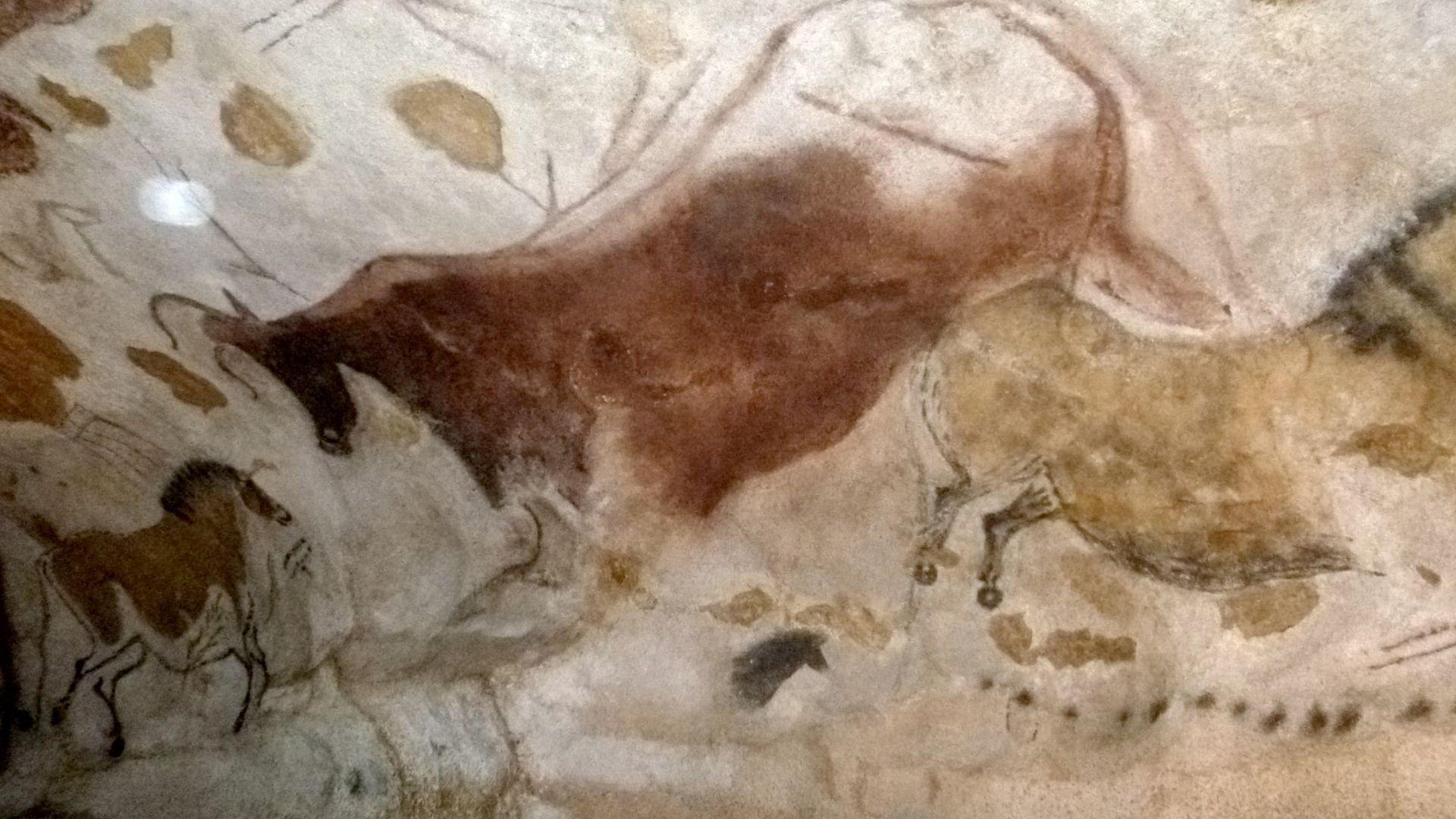
Ben Bacon’s fascination led him to independently explore the possibility that these artworks represent a primitive form of writing rather than mere artistic expression.
Bacon’s dedication to this research has been driven by a belief that these ancient symbols could reveal more about the cognitive abilities of Ice Age hunter-gatherers. His work aims to uncover whether these markings were used for communication, time-keeping. record-keeping, or something else, challenging conventional assumptions about prehistoric art.
Proto-Writing Theory
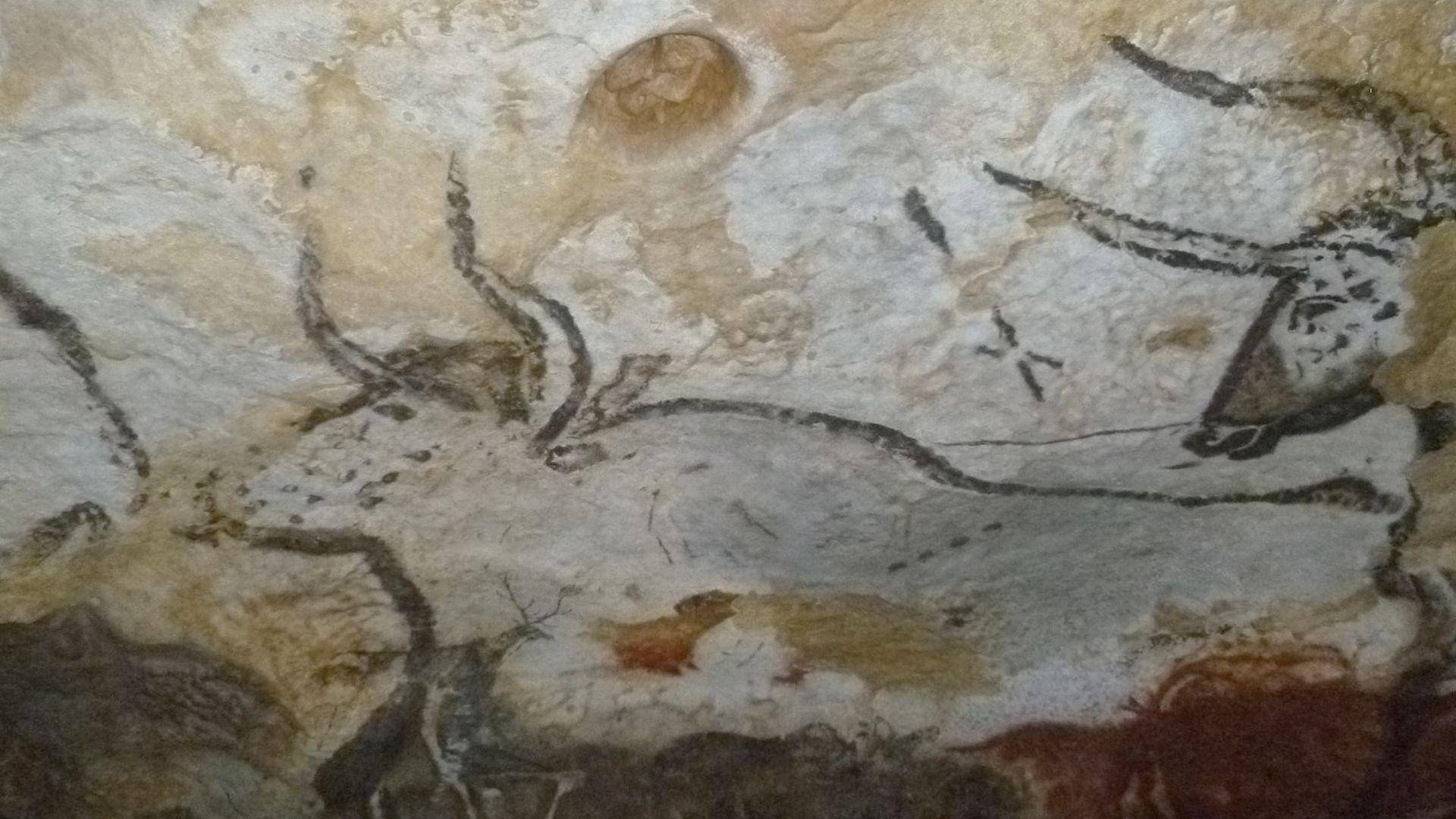
According to Bacon’s initial theory, the dots, lines, and Y-shaped slashes in cave art may represent an early writing system used to measure time. This system, potentially related to the reproductive cycles of animals, could predate all known writing systems by at least 10,000 years.
Bacon’s hypothesis suggests that these symbols functioned as a primitive calendar, recording important ecological events and animal behaviors. If proven correct, this would represent a significant advancement in our understanding of prehistoric timekeeping and the cognitive capabilities of early humans.
Numerical Markings
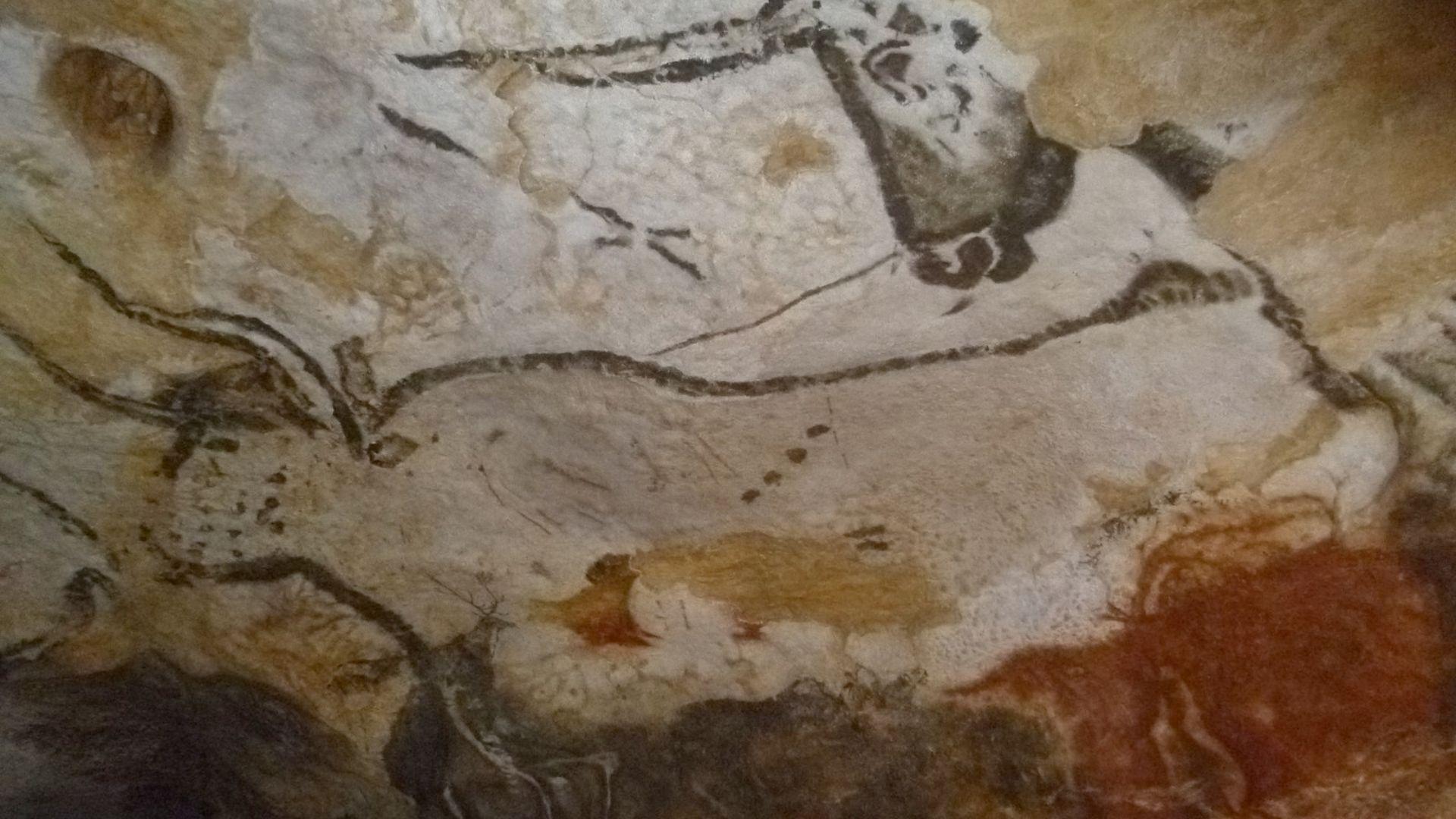
One of the most famous cave paintings is an 18-foot-wide image of an extinct wild ox, or aurochs, found in the Great Hall at Lascaux. Bacon observed four small dots painted across the ox’s back, which he identified as numerical markers.
Upon closer examination, Bacon found that these markings corresponded to specific numbers, arranged in rows of dots or lines. This discovery provides evidence that the symbols may have been used to record numerical information, supporting the idea that the cave art served a practical purpose beyond mere decoration.
Collecting Data and Recognizing Patterns
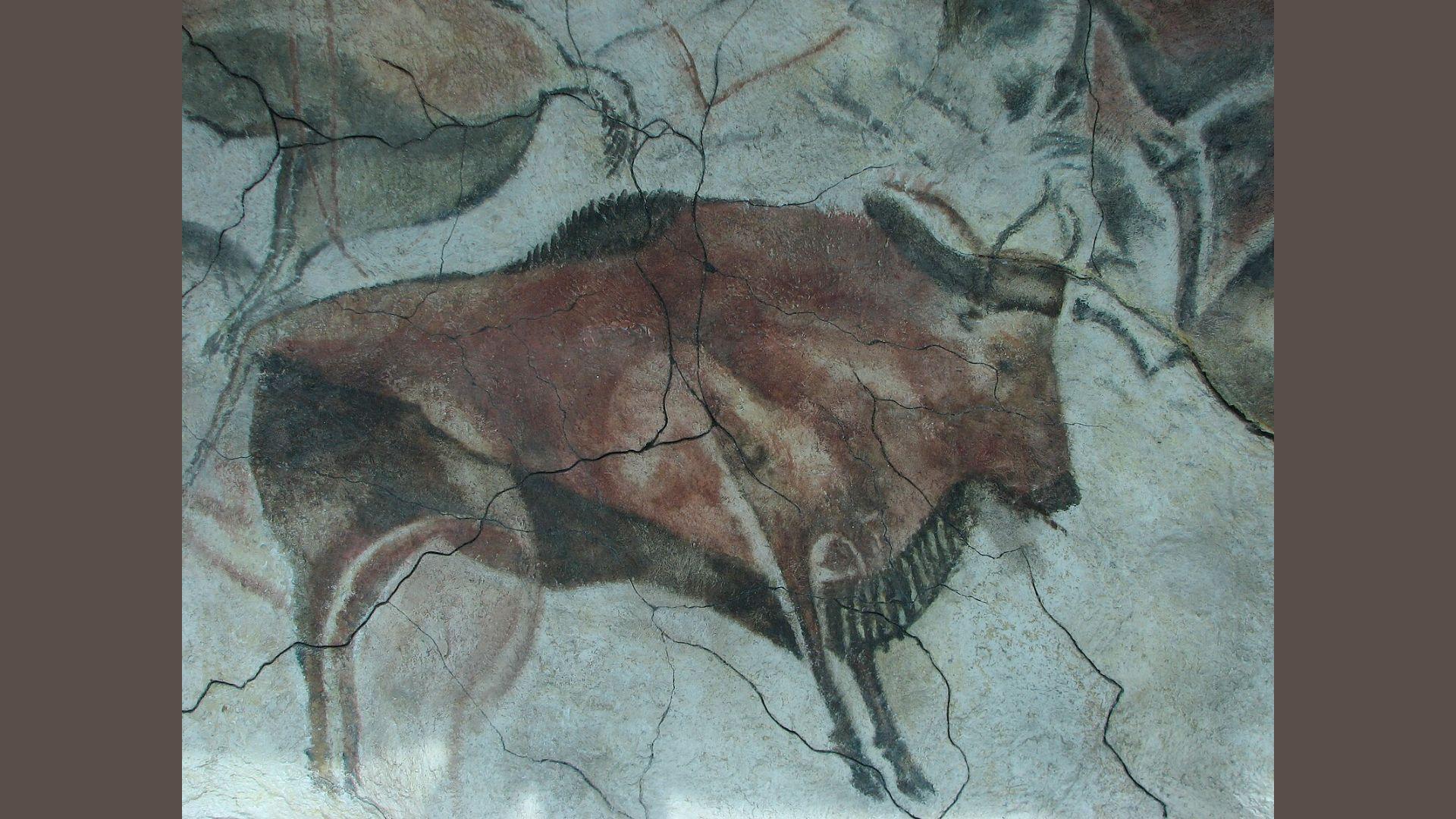
Bacon’s research was greatly enhanced by the large number of cave art examples he examined, totaling 700. He noted, “Another advantage is we accumulated 700 examples of these, and across large databases, patterns demonstrate themselves,” highlighting the significance of the data collected.
By pulling examples from local libraries, university collections, and other sources, Bacon was able to identify patterns and correlations among the markings. This extensive data collection was crucial in developing his theory and gaining support from the academic community.
Academic Support

Bacon’s collaboration with professors from University College London and Durham University added significant credibility to his research. Professor Paul Pettitt from Durham University expressed his support for Bacon’s work, noting that it offered new insights into prehistoric timekeeping.
Pettitt remarked that the study’s findings suggest that ancient hunter-gatherers developed a calendrical system to track the passage of time. “The results show that Ice Age hunter-gatherers were the first to use a systemic calendar and marks to record information about major ecological events within that calendar,” he explained.
Systematic Timekeeping
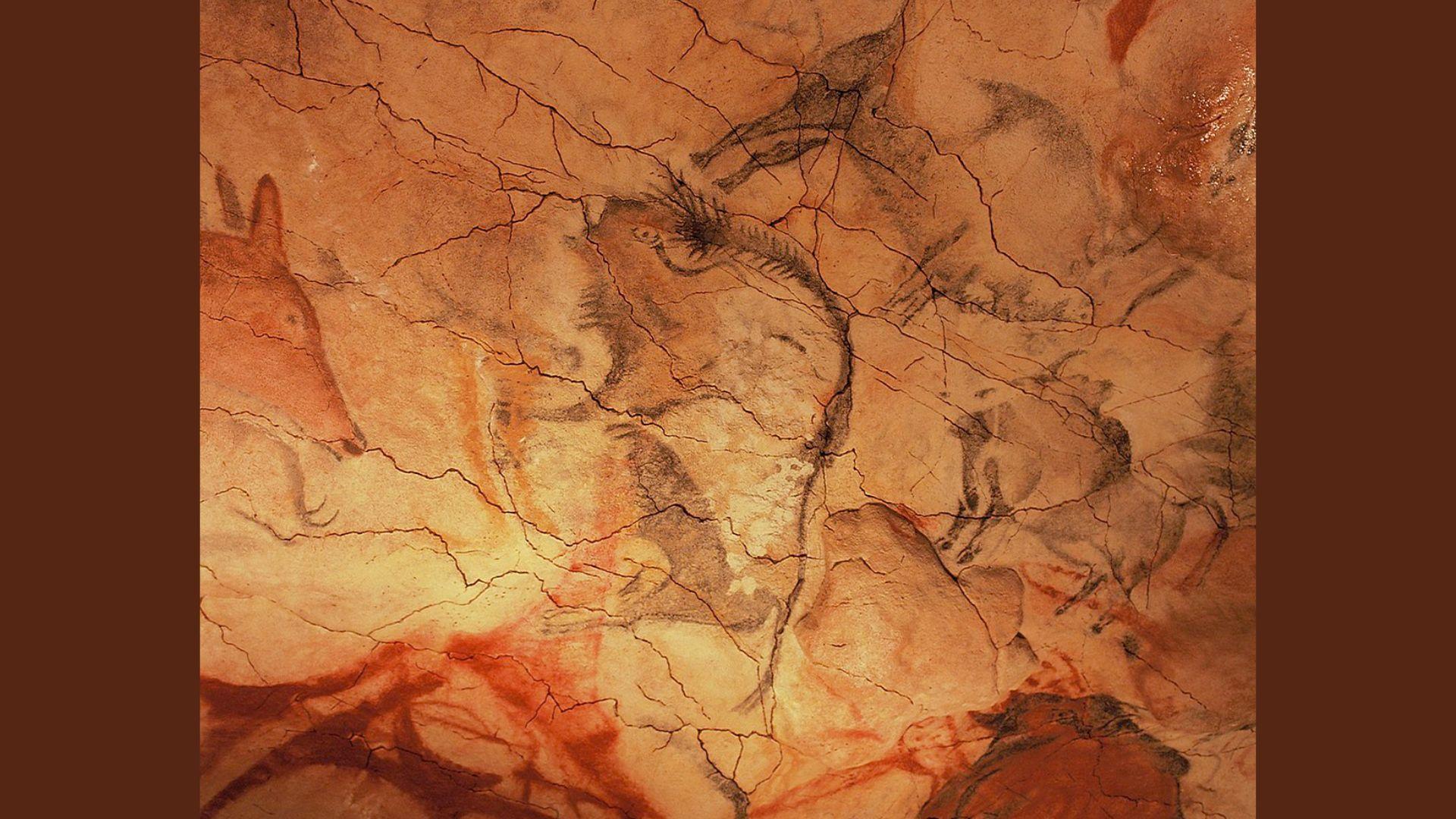
The researchers theorized that the symbols used in cave art were related to animal reproductive cycles and other ecological events. By studying the birth cycles of animals depicted in the art, they proposed that the symbols were a way to record and anticipate these events.
According to their study, the “Y” symbol seen by the art was interpreted as representing “giving birth.” Professor Pettitt explained that the study showcases an amazing legacy left behind: “We’re able to show that these people—who left a legacy of spectacular art in the caves of Lascaux and Altamira—also left a record of early timekeeping that would eventually become commonplace among our species,” he said.
Proto-Writing and the Cognitive Abilities of Hunter-Gatherers
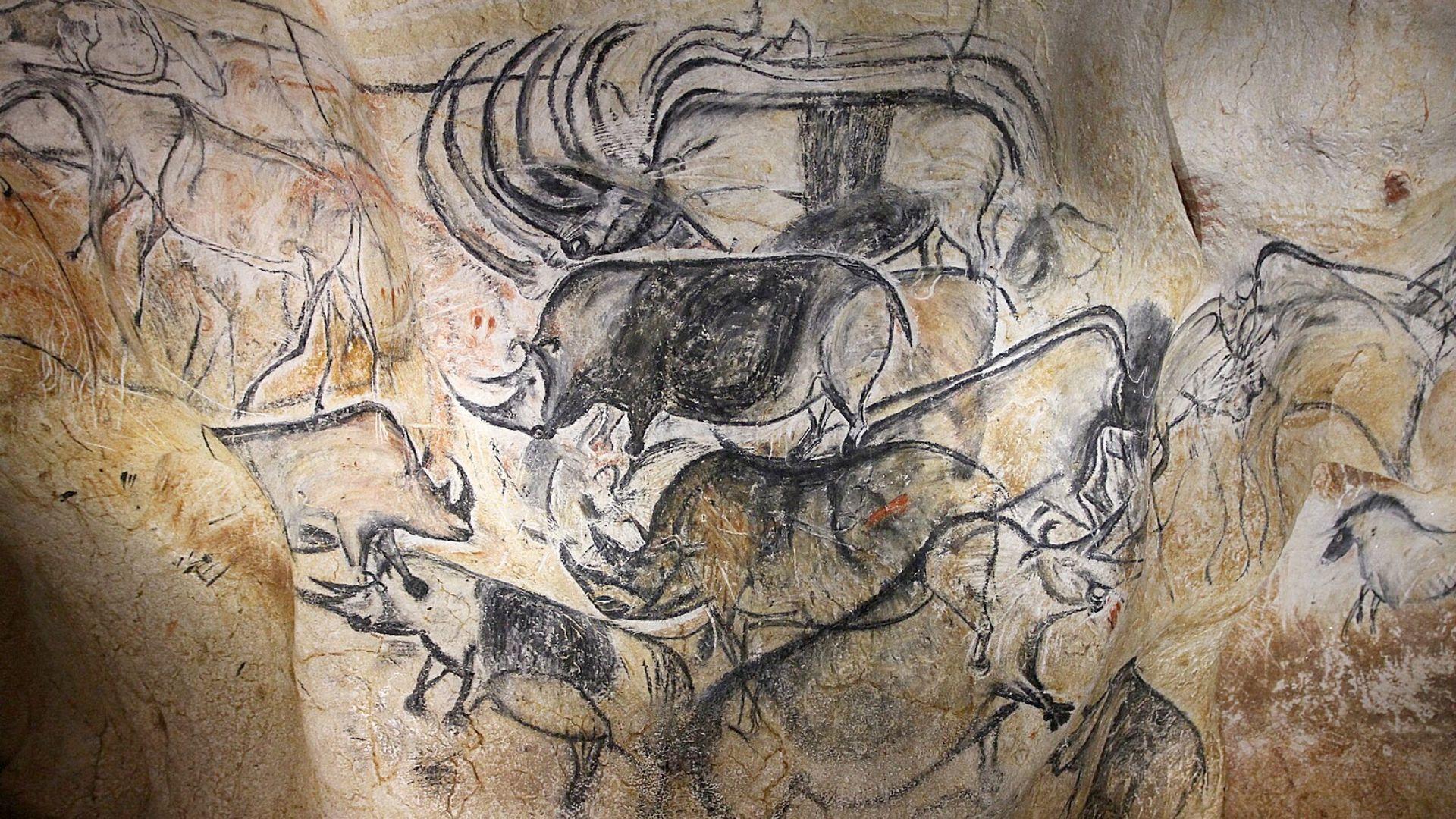
Ice Age hunter-gatherers developed a proto-writing system that, while simple, helped track time through symbols similar to Roman numerals. This system functioned as a primitive calendar, marking major ecological events and tracking animal behavior. Bacon’s research, building on ideas from the 1970s, reinterpreted these symbols as representing months rather than days, offering a new perspective on the relationship between cave art and timekeeping. The focus on numbers, rather than the animals themselves, revealed that these markings were practical tools for survival, not just artistic expression.
Bacon emphasizes that hunter-gatherers used numbers to better understand their environment, enhancing their understanding of animal birth and migrations and seasonal changes. While the culture of hunter-gatherers was simpler than modern-day societies, Bacon argues that cognitively and intellectually, these ancient humans were much more advanced than previously thought, sharing more in common with us than we might expect.
Neanderthal Art and Symbolic Behavior
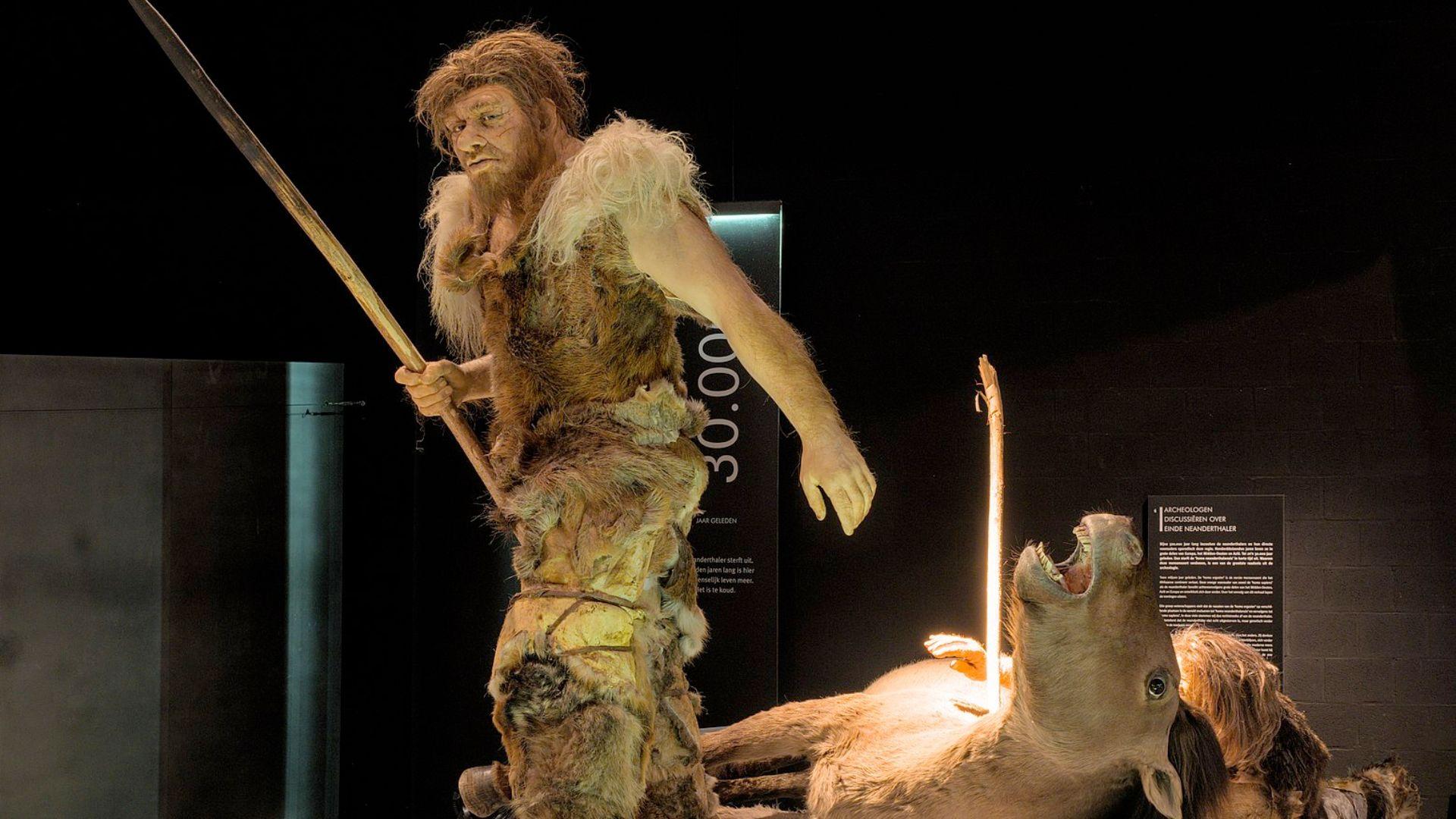
Additionally and interestingly, Neanderthal cave art has also been discovered relatively recently. This discovery of Neanderthal cave art, dating back 64,500 years, has challenged the notion that symbolic behavior and art were exclusive to modern humans. Research published in 2018 revealed that Neanderthals, often considered behaviorally inferior to Homo sapiens, were also capable of creating sophisticated symbolic art. By using uranium-thorium dating, archaeologists found that Neanderthals made red lines, dots, and hand stencils in European caves long before modern humans arrived in the region. This suggests that Neanderthals engaged in complex symbolic behavior similar to early Homo sapiens.
While the exact meaning of these paintings remains unknown, some theories suggest that Neanderthals used cave art to track animals and time, much like the proto-writing system of Ice Age hunter-gatherers. Bacon’s research indicates that the similarities in markings across different caves might point to a shared knowledge or language among Neanderthal and early Homo sapien groups. These findings highlight the behavioral complexity of Neanderthals, revealing that they were capable of symbolic expression and had a cognitive capacity similar to that of modern humans.
New Insights into the Ancient World
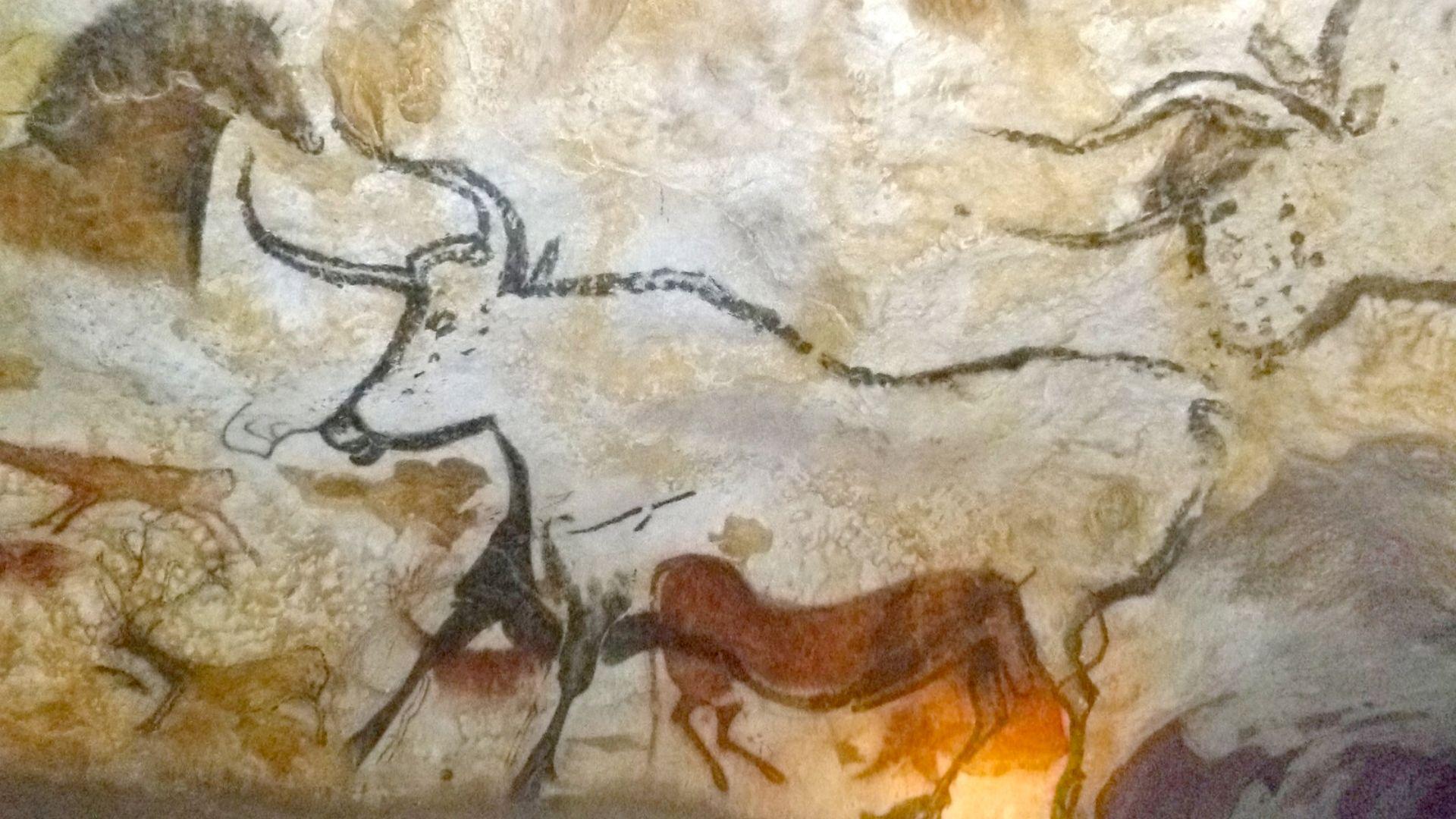
Bacon’s research reveals that early humans used a form of proto-writing to track time and animal behaviors, suggesting a high level of cognitive and organizational skills. This discovery highlights the intellectual parallels between ancient hunter-gatherers and modern humans. Additionally, Neanderthals also created symbolic art and could have communicated with ancient Homo sapiens.
Despite the differences in culture and technology, Bacon believes that the similarities between ancient and modern humans are significant. “As we probe deeper into their world, what we are discovering is that these ancient ancestors are a lot more like us than we had previously thought,” he concluded. It seems as though we are not all that different from our ancient ancestors after all.

